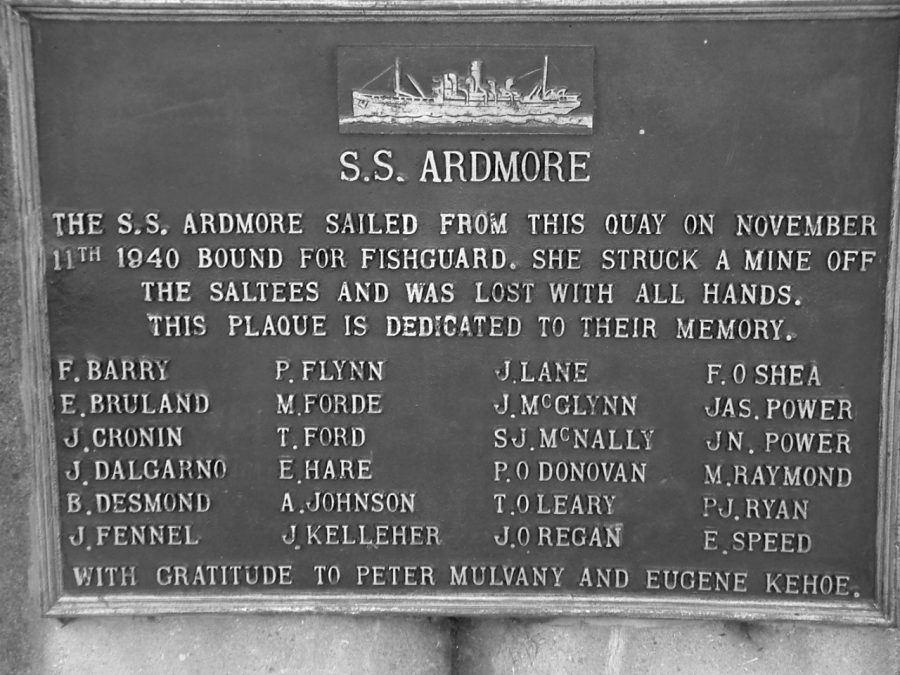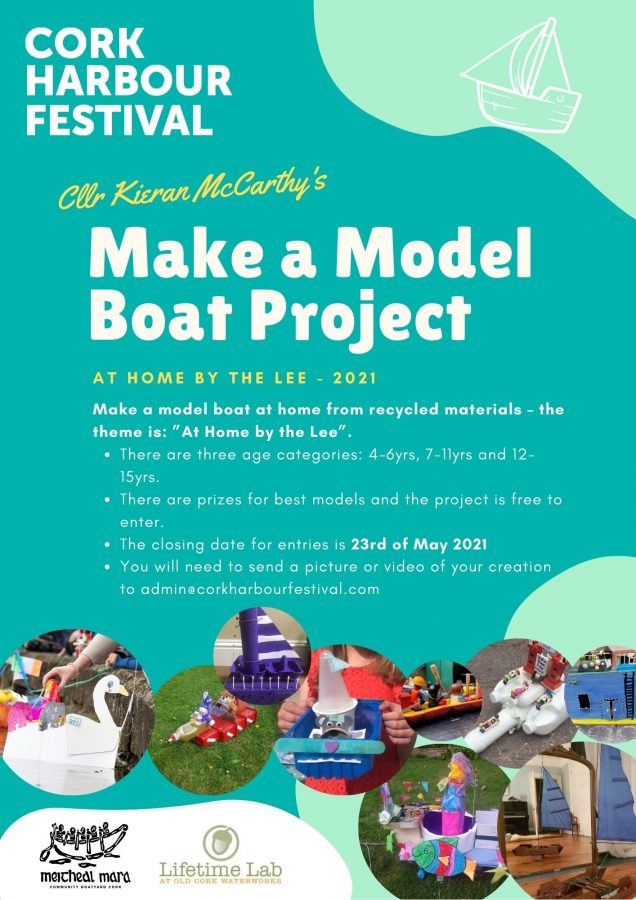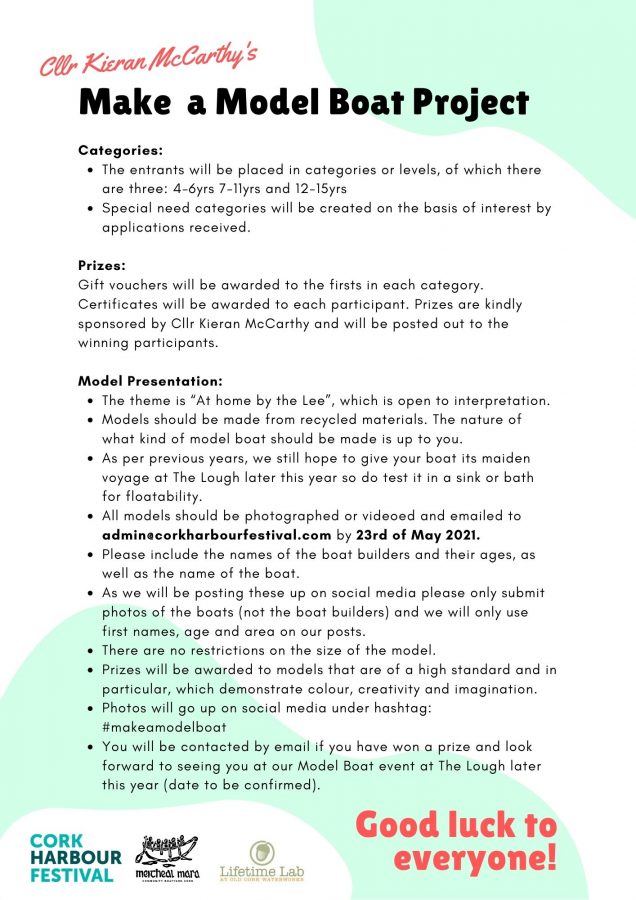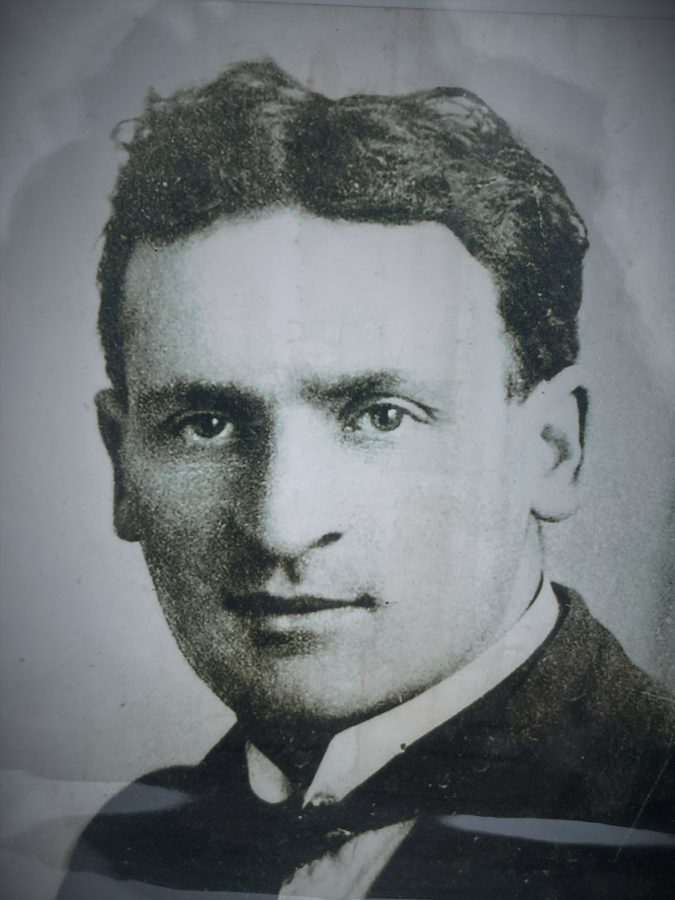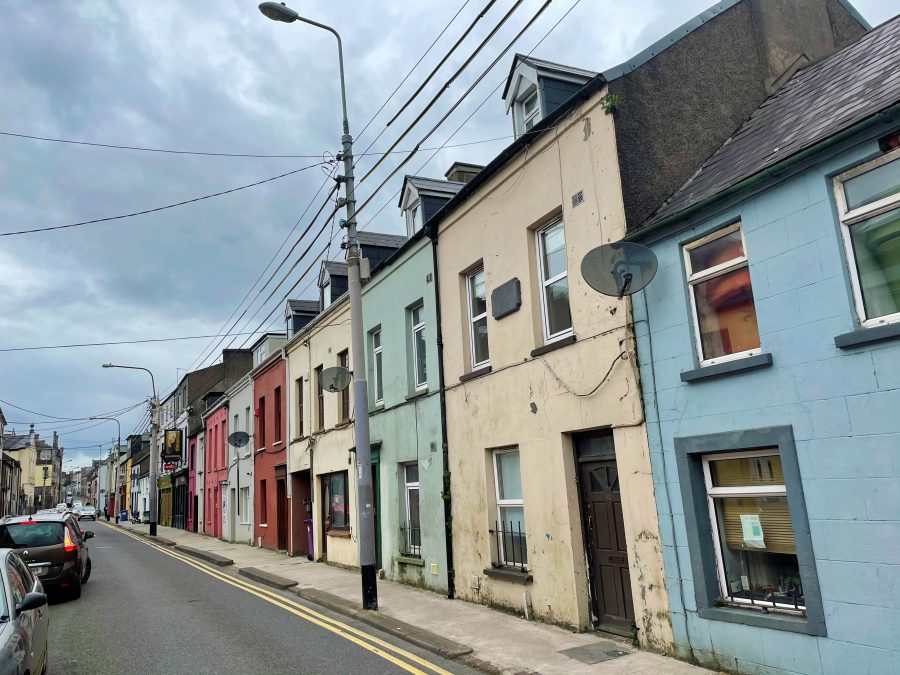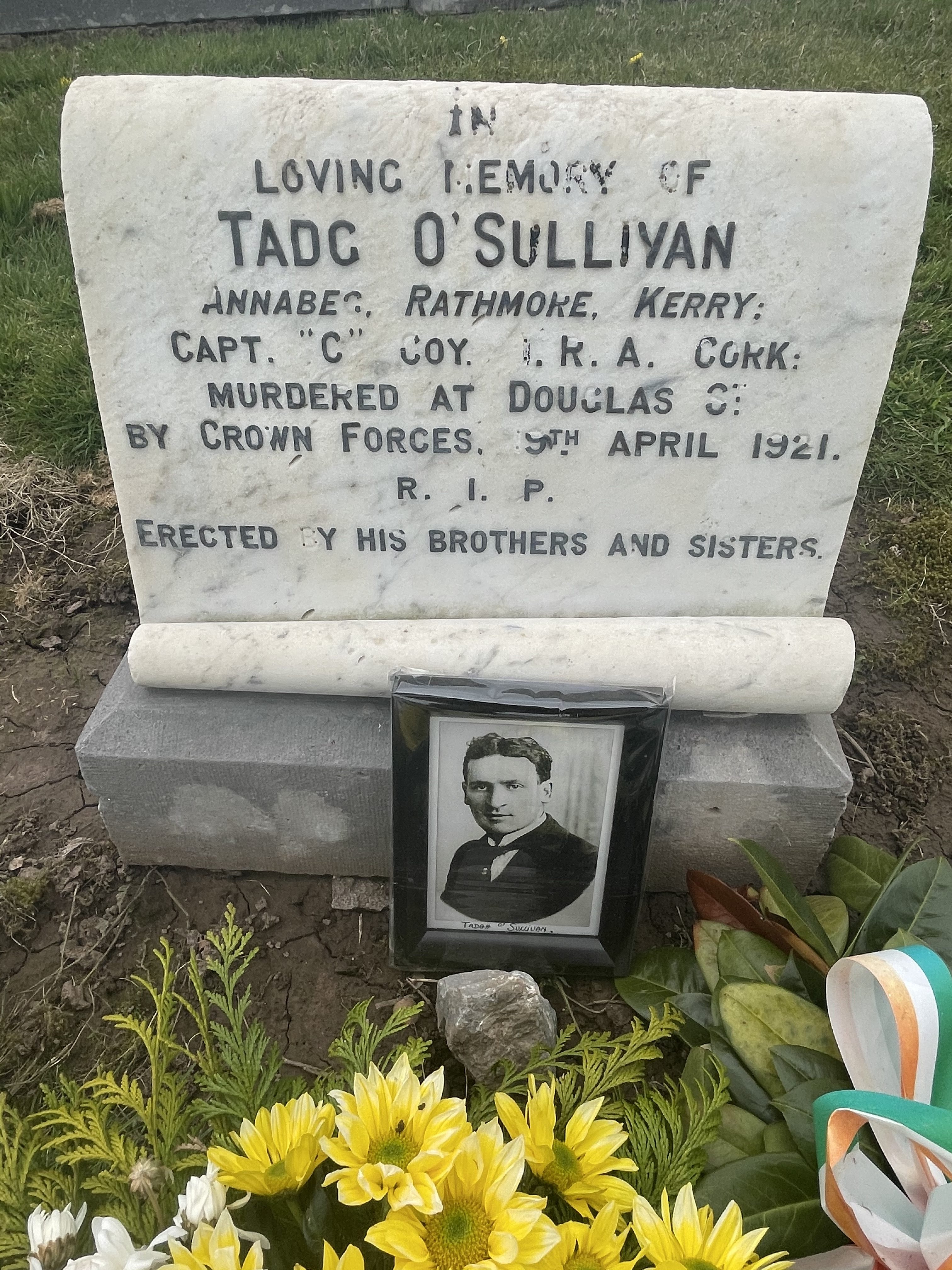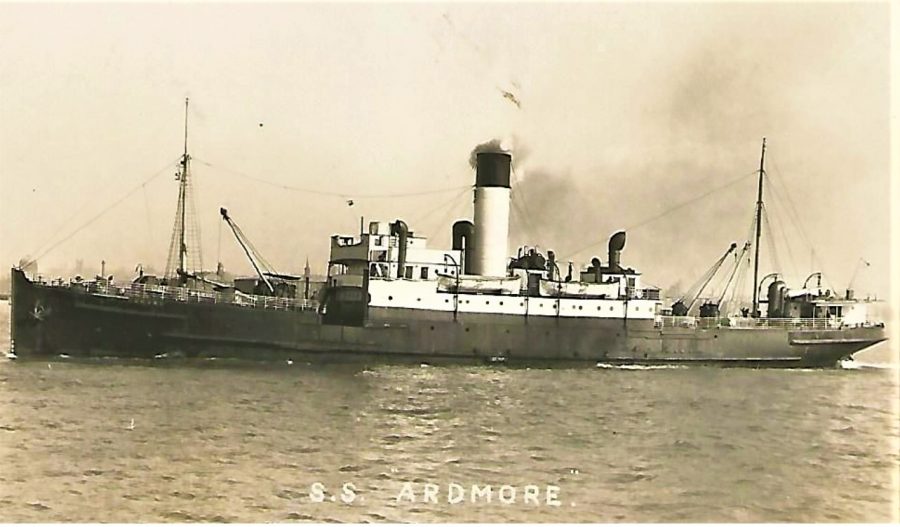
Kieran’s Our City, Our Town Article,
Cork Independent, 29 April 2021
Journeys to a Truce: The Advent of SS Ardmore II
During the First World War the City of Cork Steam Packet Company lost six vessels, and the company were determined to replace the losses with the construction of new vessels. In particular, the new ships were designed to meet the requirements of the cross-Channel trade, especially the cattle trade. One of the ships replaced was the SS Ardmore, which was hit by a torpedo on 13 November 1917. It was replaced by the SS Ardmore II, which looked very similar in design to the original.
On 28 April 1921 at noon, the SSArdmore II made her maiden visit to Cork with flags flying and decorated with bunting. She was welcomed by the sirens of all the vessels in the river. She was the largest of the fleet of the Steam Packet Company’s cross-channel steamers and was built by the Ardrossan Dry Dock and Shipbuilding Company, Ltd North Ayrshire, Scotland. From 1919 for a time, Harland & Wolff Ltd managed the yard on behalf of the Royal Mail Group.
The SS Ardmore II was launched in August 1921 in the presence ofdistinguished company at Ardrossan Port. The Managing Director of the City of Cork Steam Packet Company Sir Alfred Read, at the launching ceremony, was very anxious not only to restore their pre-war position in that trade, but to improve on it, and that they were “contracting for vessels that would give the maximum of service”.
The christening ceremony was performed by Lady Margaret Pirrie. At the event, she was presented with a silver chalice as a souvenir that looked like the Ardagh Chalice. Margaret Pirrie was Belfast’s first woman justice of the peace and the first woman to receive the freedom of that city. Pirrie was also involved in charity work, working as president of the Royal Victoria Hospital. She also served on the Senate of Queen’s University, Belfast, and as president of Harland & Wolff’s, the Belfast shipbuilding firm of which her husband was chair.
The SS Ardmore II was fitted to carry about 1000 mixed cattle. In addition, she could carry 75 first-class passengers, and also accommodate for steerage passengers. The ship was fitted with five steam cranes for handling cargo. The Cork Examiner described the vessel and its sea route: “She is a beautiful vessel, and most up-to-date in every way, and an idea of her well-appointed accommodation may be gathered from the fact that she cost over a quarter of a million…The Ardmore will ply between Cork and Liverpool, and on her first visit to Cork to visited and inspected by a fairly largenumber of people who greatly admired her beautiful proportions. She leaves or Liverpool to-day at two o’clock”.
Owing to the unfortunate strike of joiners, which began in November 1920, the City of Cork Steam Packet Company was forced tobring the steamer into commission before her saloon and cabin accommodation were properly built.
The SS Ardmore II was to be the first oil-burner to be used by a cross channel company between England and Ireland with a speed of 14 knots. Previously the first steamshiptocross the Atlantic was in 1838 when Cork’s SS Sirius established the record.
The insulation was by the J D Insulating and Refrigerating Company, Ltd, Liverpool, and the cooling system was by the Thermotank Company, Glasgow. The ventilation was through the use of tempering batteries by James Keith Blackman Company, Ltd. and the ventilation arrangement in the cattle spaces was created by the same firm.
Fast forward to 11 November 1940, the SS Ardmore II had on board 500 cattle, about the same number of pigs (which were deck cargo), and a quantity of agricultural produce. The actual crew of the vessel numbered 20 and with them were five cattle or bullockmen. Still owned by the City of Cork Steam Packet Company she was commanded by Captain Thomas Ford of Liverpool. Thomas had been with the City of Cork Steam Packet Company for sixteen years. He was well known in Cork, Dublin, Liverpool, Fishguard and other ports through his lifetime at sea.
On 11 November 1940, the SS Ardmore II departed Cork for Fishguard with a cargo of livestock. Hours later she was reported missing with her crew. An uneasy vigil was maintained. Air and sea searches proved futile. On 26 November one of her lifeboats, unfilled, was washed ashore on the Welsh coast. The body of Captain Ford was discovered near Aberystwyth on 3 December. Ten days later that of Seaman Frank O’Shea was retrieved from another Welsh beach. His remains were returned to Cork for burial.
What caused the loss of the ship was not verified for nearly sixty years. In February 1998, the wreck of the SS Ardmore II was found by divers three miles south of the Saltee Islands, off the Wexford coast, in 183 feet of water. The hull showed signs of a large explosion from a mine near the engine room. In the Second World War section of the Soldiers and Chiefs exhibition in Collins Barrack Museum, Dublin there is a model of the SS Ardmore II and a plaque on Cork’s Penrose Quay also remembers the 1940 tragedy.
Captions:
1097a. SS Ardmore II, c.1930 (source: Cork City Library).
1097b. Plaque commemorating the sinking of SS Ardmore II, Penrose Quay, Cork (picture: Kieran McCarthy).
